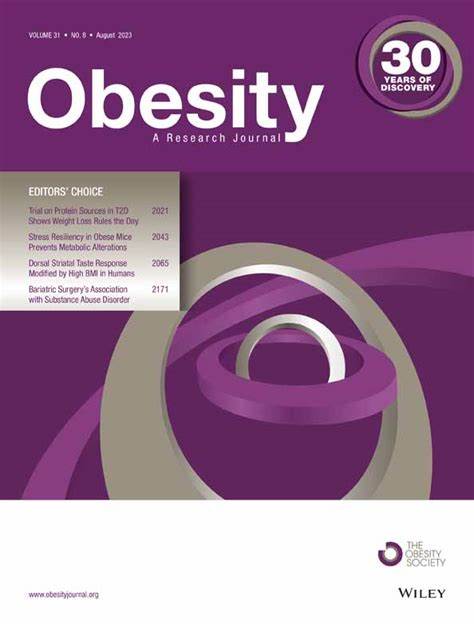Associations of dietary patterns and obesity development in school-aged children: results from the CHILD Cohort Study
Abstract
Objective
We aimed to understand data-driven dietary patterns in Canadian preschoolers and their impact on obesity development among male and female individuals.
Methods
In the prospective, population-based Canadian pregnancy cohort, the CHILD Cohort Study (N = 2219), dietary intake was assessed at age 3 years using a previously developed 112-item food frequency questionnaire. At age 5 years, we measured height, weight, and waist circumference and calculated BMI and waist circumference z scores. Obesity was defined as BMI z score > 2. We used principal components analysis to derive dietary patterns and multivariable-adjusted regression analyses to determine dietary patterns' associations with BMI and waist circumference z scores, as well as obesity status.
Results
Among Canadian preschoolers, we identified three dietary patterns: “Prudent” (high in vegetables, fruits, legumes, and fish); “Western-like” (high in fast foods, red/processed meats, and carbonated drinks); and “Refined Grain-Snack” (high in refined grains, dairy, and salty snacks). At age 5 years, 4.7% of the children were living with obesity (3.1% male individuals and 1.6% female individuals). Females adhering to the Refined Grain-Snack pattern had higher waist circumference z scores (β = 0.14; 95% CI: 0.03–0.25) and 2.74-fold odds of living with obesity (95% CI: 1.29–5.85). No significant associations were observed among male individuals or with other dietary patterns and obesity outcomes among female individuals.
Conclusions
Preschool dietary patterns are associated with sex-biased obesity development, highlighting the need for further research to explore these differences and inform targeted obesity prevention strategies during this important developmental period.


 求助内容:
求助内容: 应助结果提醒方式:
应助结果提醒方式:


